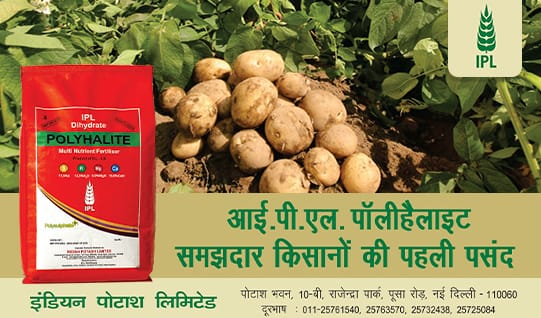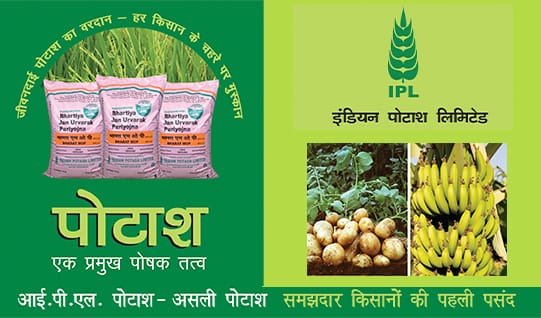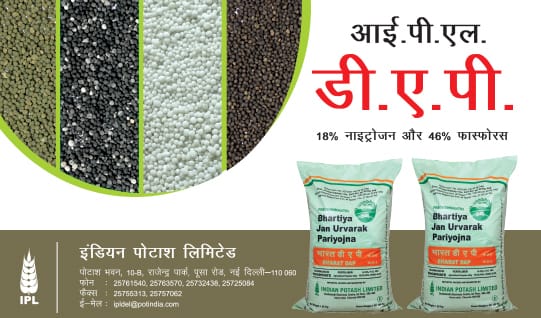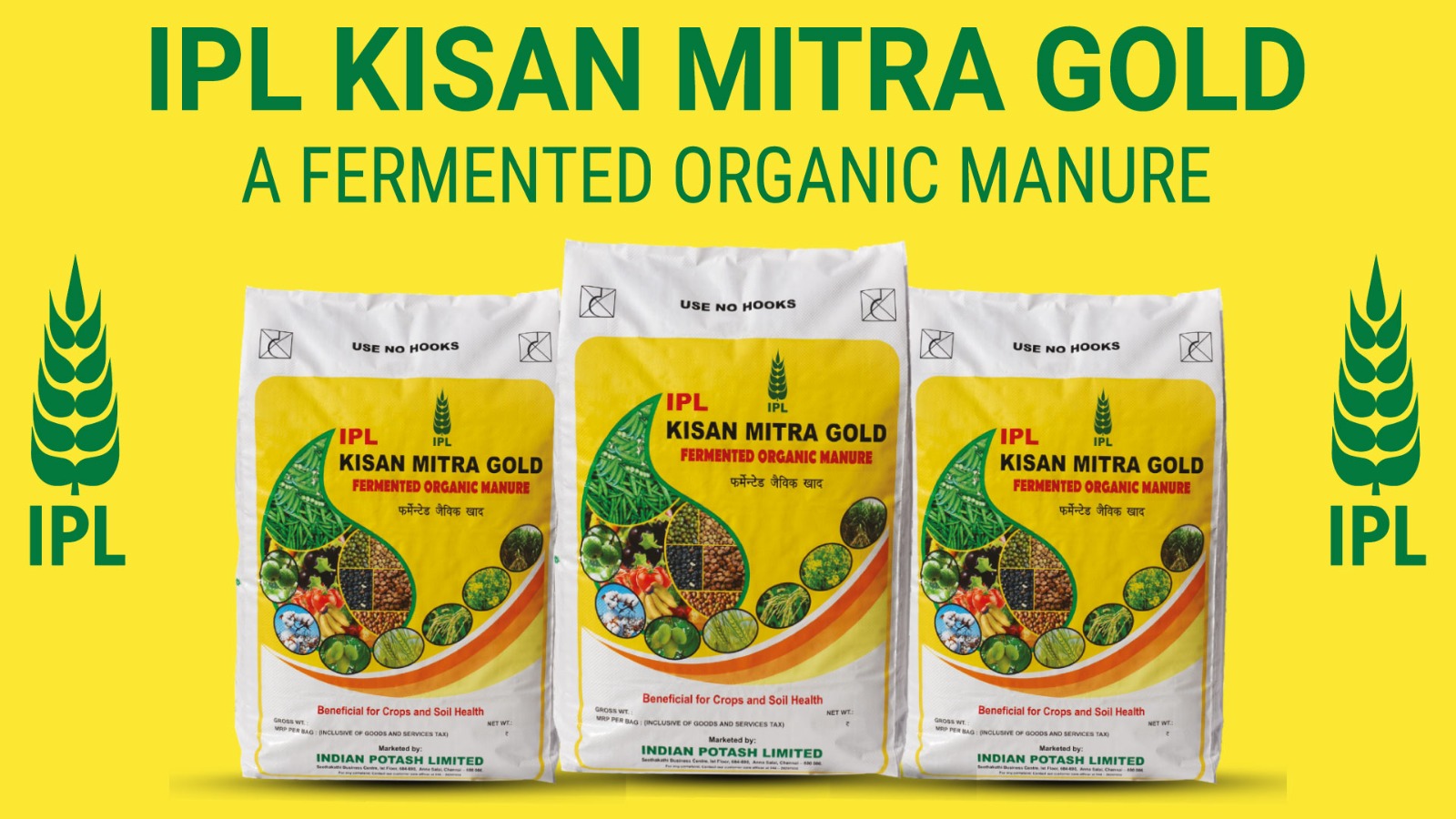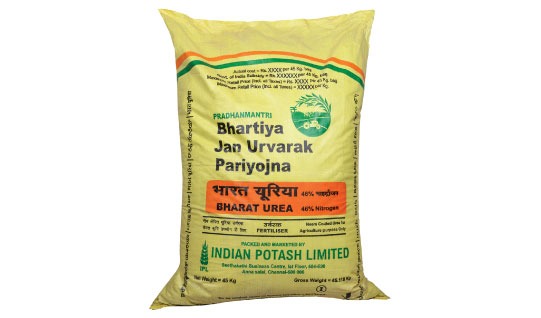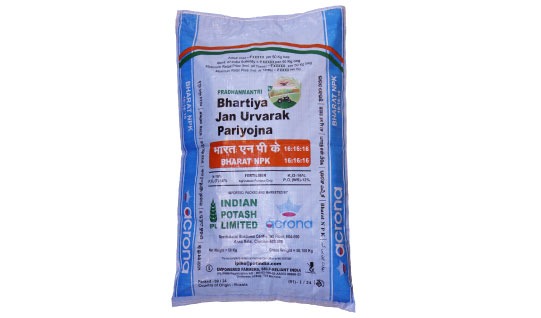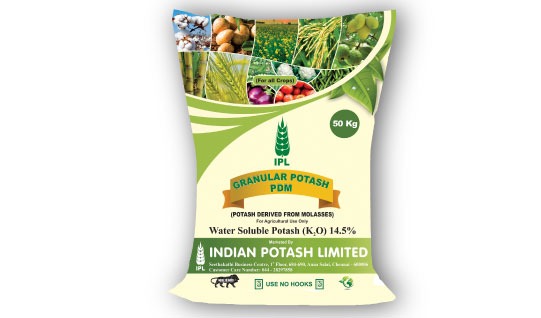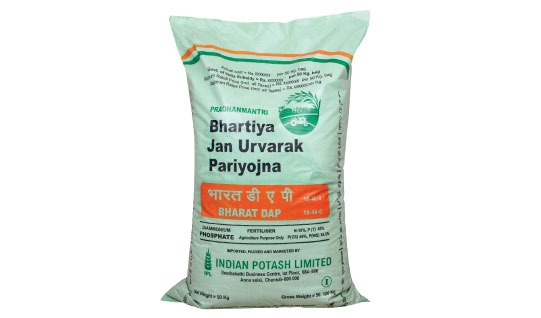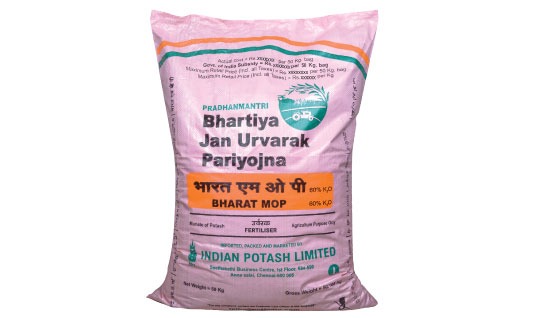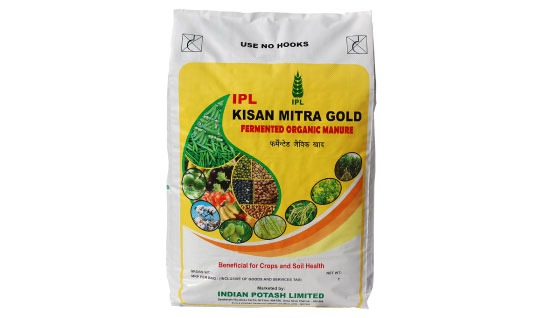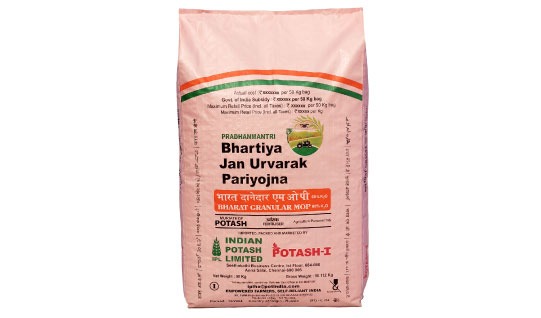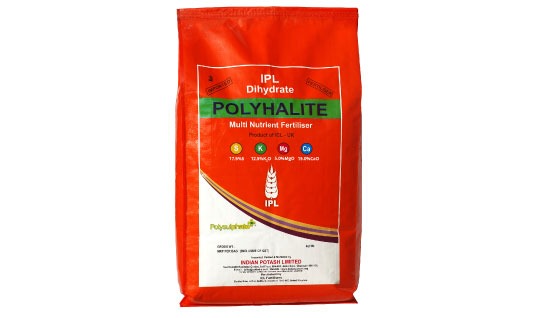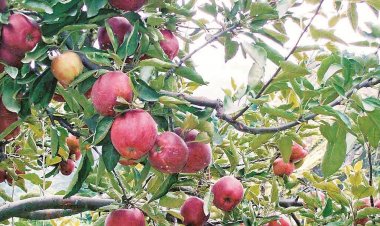Wheat crop affected by heatwave in four states, production likely to be impacted
A senior scientist from the Indian Council of Agricultural Research (ICAR) told Rural Voice that wheat crops had also suffered in the 2021-22 season due to early and intense heat. While the damage this year is not as severe, heatwaves and higher-than-normal temperature in March have impacted wheat production across several states.
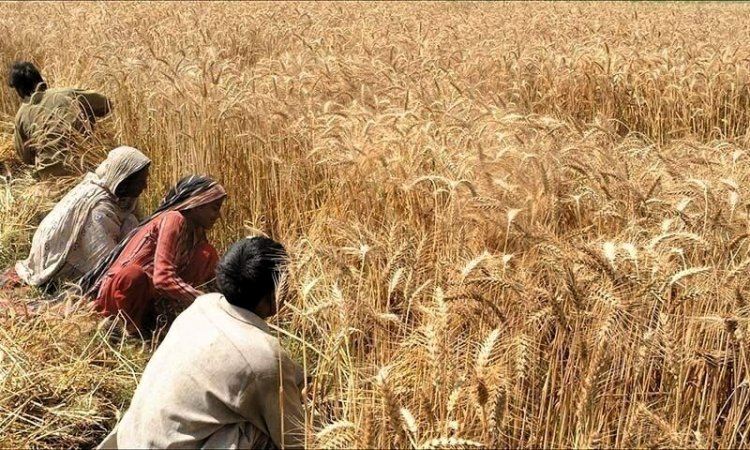
The Ministry of Agriculture has estimated a record wheat production of 115.4 million tonnes during the current Rabi season (2024-25). However, early heatwaves and extreme temperatures may dent these record production projections. Higher temperature has adversely affected wheat crops in four major wheat-producing states — southern Haryana, Uttar Pradesh, Rajasthan, and Bihar — where unusual heat could impact yields.
A senior scientist from the Indian Council of Agricultural Research (ICAR) told Rural Voice that wheat crops had also suffered in the 2021-22 season due to early and intense heat. While the damage this year is not as severe, heatwaves and higher-than-normal temperatures in March have impacted wheat production across several states.
Notably, India's wheat production had dropped to 107.7 million tonnes in 2021-22 after unusually high temperature at the end of February and early March affected key wheat-growing regions. This year, the Indian Meteorological Department has forecast more intense heatwaves, predicting more heatwave days across northwest and central India. By late March, temperatures had already crossed 40°C in several parts of the country, and heatwaves began sweeping in from the first week of April.
According to sources, wheat production in central India has been good this year, with yields expected to be 10-15% higher than last year. The area under the early-maturing HD-3385 wheat variety has increased in Madhya Pradesh this season. Developed by the Indian Agricultural Research Institute (IARI) in Pusa, this variety is sown earlier than conventional ones and matures by February-March. Therefore, if temperatures rise after mid-March, this wheat variety’s productivity remains unaffected.
Yogesh Dwivedi, CEO of the Madhya Bharat Consortium of FPOs, told Rural Voice that Madhya Pradesh has witnessed a good wheat harvest this year. However, he noted that late-sown wheat crops in areas like Satna, Panna, and Rewa have been damaged due to the heatwaves, leading to a 15% yield decline. Wheat sown in December produced thinner grains because of the heat. Dwivedi expressed optimism that government wheat procurement in Madhya Pradesh would be higher this year compared to last year.
Thus, while central India’s wheat gains are encouraging, the losses in several states due to extreme heat may offset them. Consequently, the country's wheat production is likely to remain around last year's levels. In the 2023-24 season, India's wheat output stood at 113.3 million tonnes.
In northern Indian states where wheat was sown after paddy harvests, the crop has performed better. However, late-sown wheat has been adversely impacted, with Haryana, Rajasthan, Uttar Pradesh, and Bihar particularly affected.
This year, wheat productivity in most states is averaging around 50-52 quintals per hectare. Some states have reported yields of 54-55 quintals and, in some isolated areas, even 55-60 quintals per hectare, but such high productivity is limited to very small pockets.



 Join the RuralVoice whatsapp group
Join the RuralVoice whatsapp group
